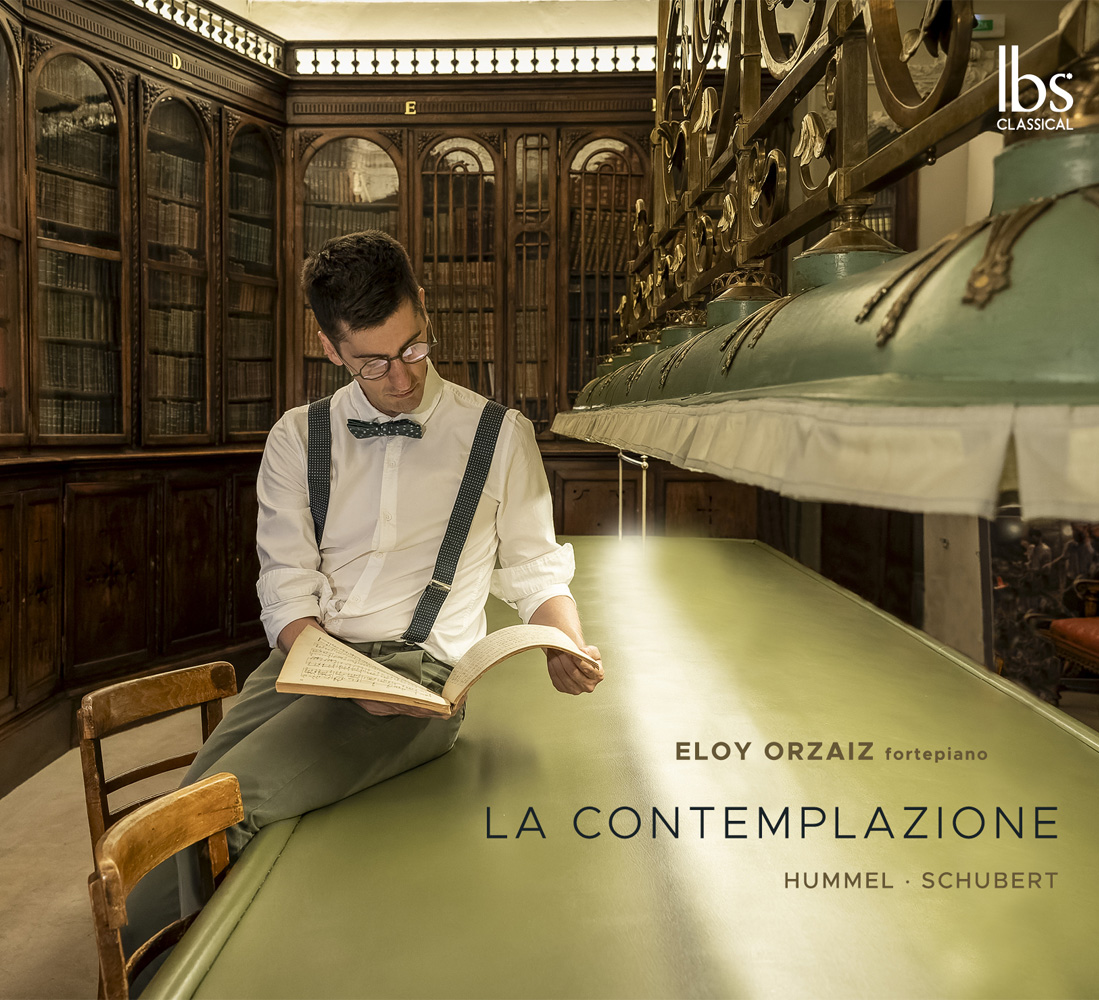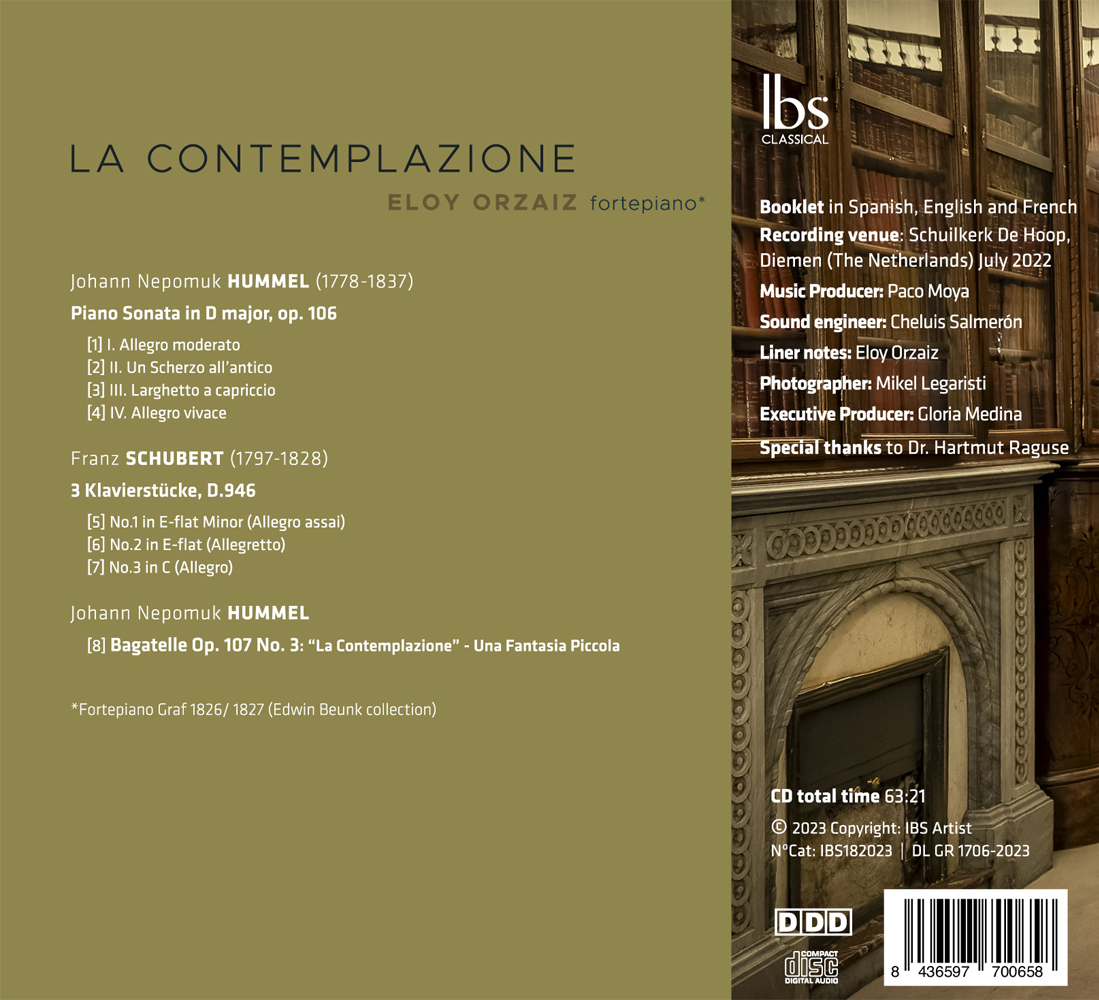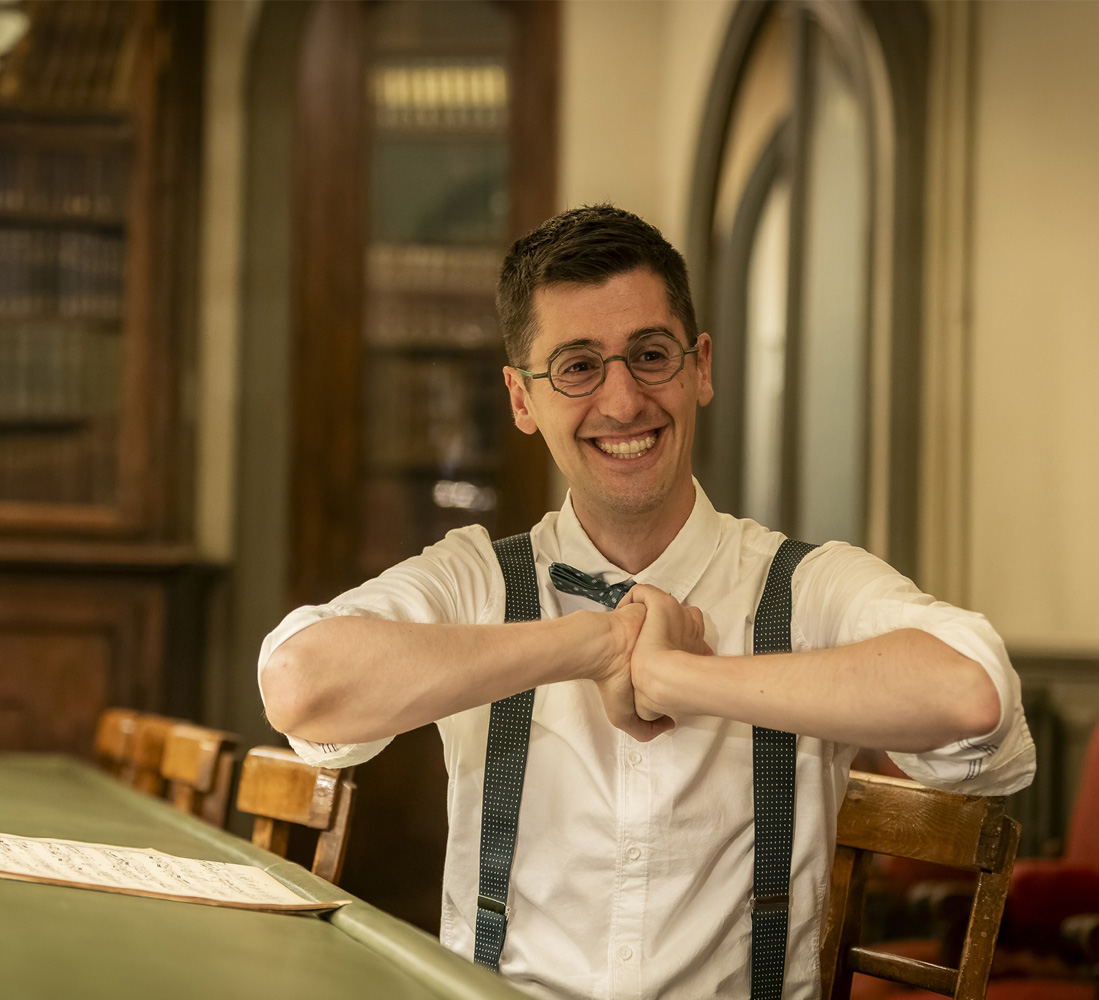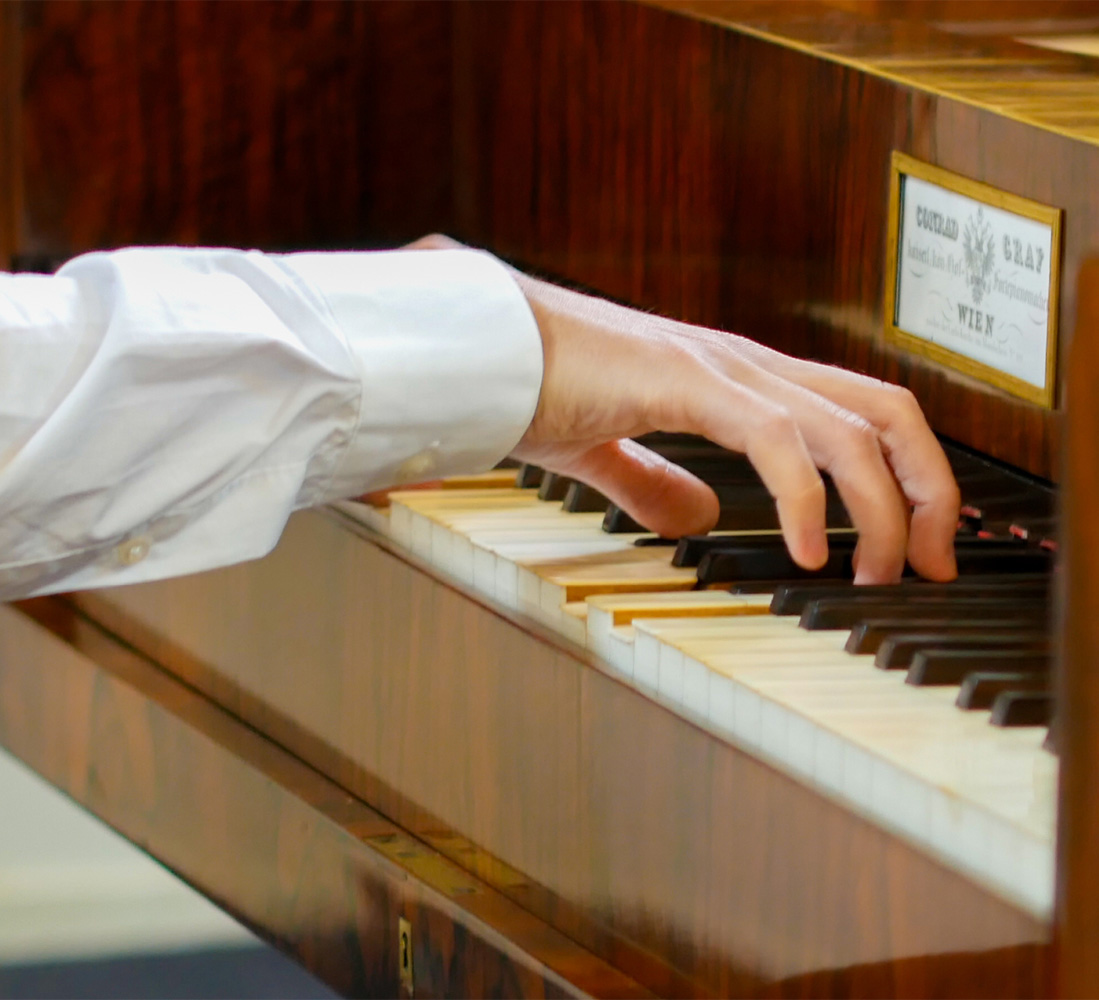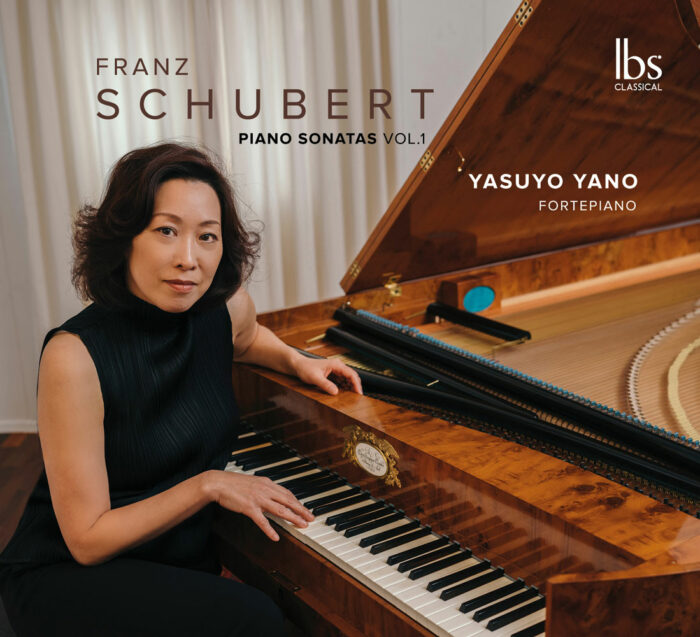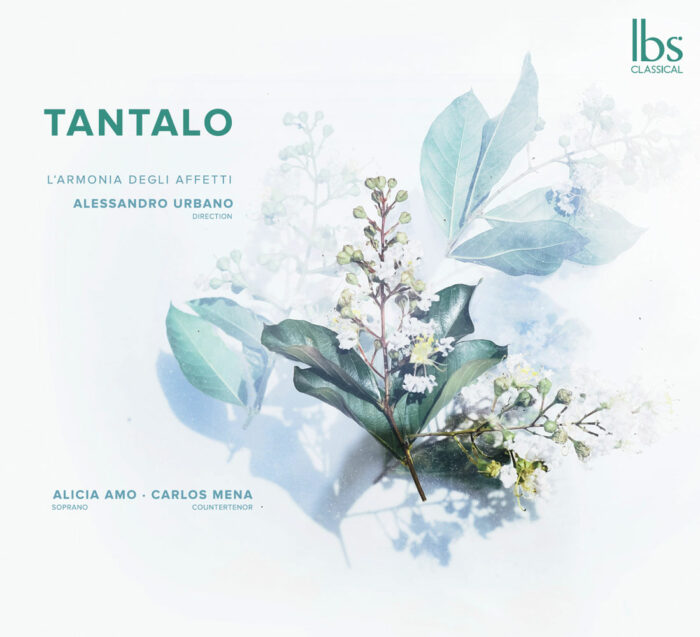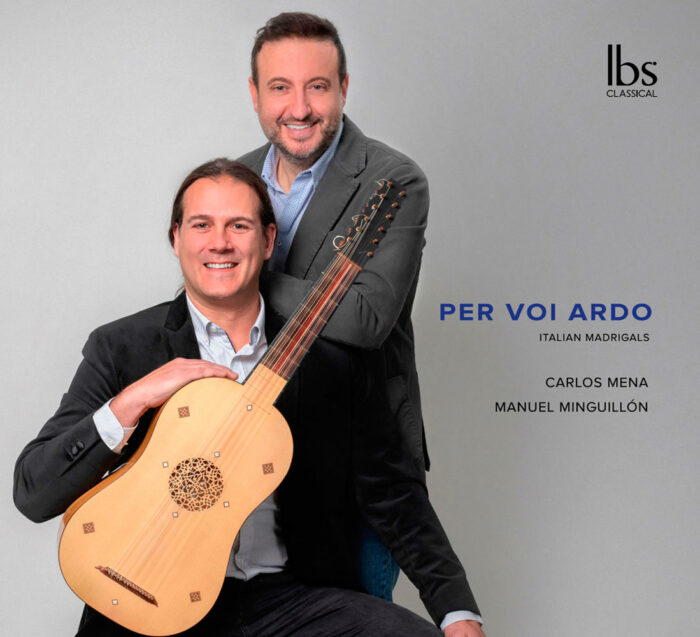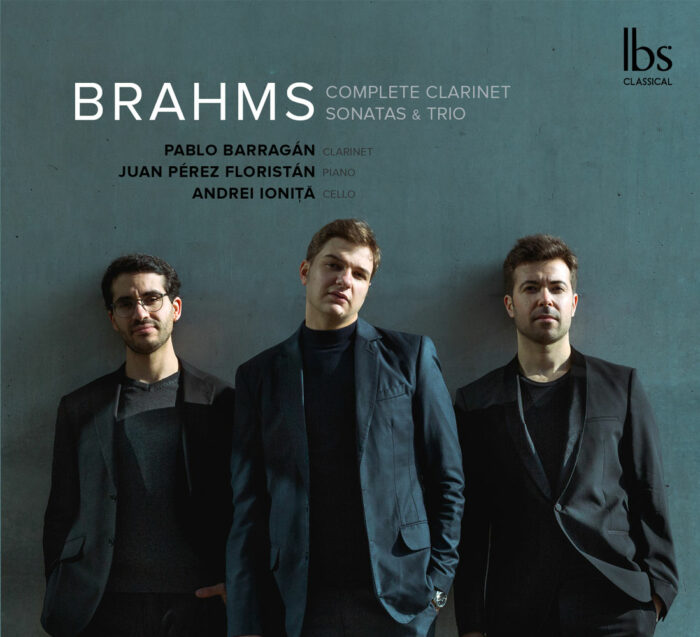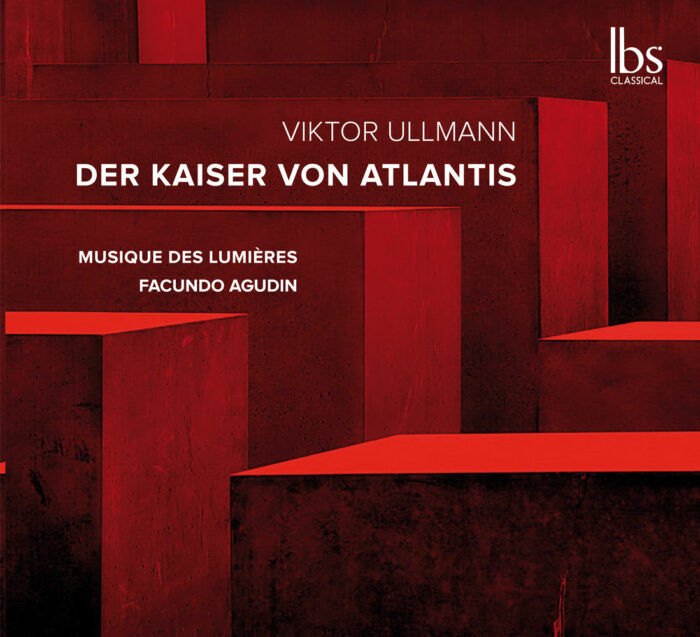The Program
The monumental Grande sonate brillante op. 106 (dedicated to his student Eugénie Beer) is the composer’s last sonata and symbolizes a tribute to the end of Viennese Classicism. Theatrical and luminous in character, the first movement displays the elements of virtuosity typical of Hummel’s language. It is followed by a Scherzo all’antica with a clear nod to the past due to its imitative character. In pure Bellini style, the Larghetto cantabile presents a rolling accompaniment that supports a richly ornamented, elegant melody. The finale is marked by a Presto, in which Hummel once again looks to the past by inserting a fugue.
In his piccola fantasia, Hummel’s ‘Mozartian’ legacy is clear. The grace, expressiveness, and elegance of the themes, flavored with vocal-inspired coloratura, create a little gem.
Musicology is certain that the composer’s legacy can be found in the music of Chopin, Schumann, and Liszt. Without a doubt, his significant method for the piano (Ausführlich theoretisch-praktische Anweisung zum Piano-forte Spiel. T. Haslinger, 1827) was for years a mandatory reference text in piano pedagogy and a best-seller. The principles outlined in the method have been used to shape my interpretation of his works.
Johann Nepomuk Hummel composed his 24 preludes between 1814 and 1815, and in this recording, they act as a bridge between the two composers. Generally, the tradition of “preluding” or performing (usually improvised) a prologue that introduces the key of the work was a common practice in the 17th and 18th centuries. This tradition remained alive in Germanic areas throughout at least the entire 19th century, and it is worth noting that figures like Hummel and Beethoven were sensational as improvisers. Inspired by this and the episode where Hummel “honoured” Schubert by sitting at the piano and improvising on one of his lieder, I have decided to introduce each Schubert piece with a small prelude by J.N. Hummel.
The Klavierstücke D 946 were composed six months before the composer’s death and nowadays hold a more discreet place than his last three sonatas in terms of recordings, concert performances, etc. It was his brother, Ferdinand Schubert, who first attested to these works, mistakenly cataloging them as “sonata for piano in E flat.” It would be over 40 years before the three pieces were published by Johannes Brahms.
Each of these pieces constitutes a diverse and intimate microcosm full of enigmatic poetry. As a result, the listener encounters dreamy worlds in which euphoria, despair, and feverish paroxysm alternate.
The restlessness reigns in the first piece in E flat minor (Allegro assai). The perpetual triplets and dotted rhythms establish a very turbulent romantic ballad atmosphere that contrasts with a section B (in B major) where serenity reigns. The hypnotic repetition of rhythmic patterns that interrupt abruptly is a very marked resource in this piece. It’s noteworthy that Schubert initially conceived it in rondo form, but later corrected it into ternary form (in this recording, Schubert’s correction is respected).
The second piece is presented in the form of a Rondo in 5 parts: ABACA. The A section unfolds an extremely lyrical theme in the style of a barcarolle, interspersed with episodes ranging from the dramatic episode in C minor to the heartbreaking declamation (in B minor).
The third and last of the Klavierstücke is also structured in ternary form ABA. The jovial freshness of the syncopated theme in C major contrasts with a central, enigmatic section in an extremely distant tonality: D flat major. Could this section evoke a distant memory of Bohemian folklore?
